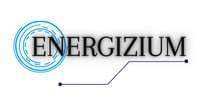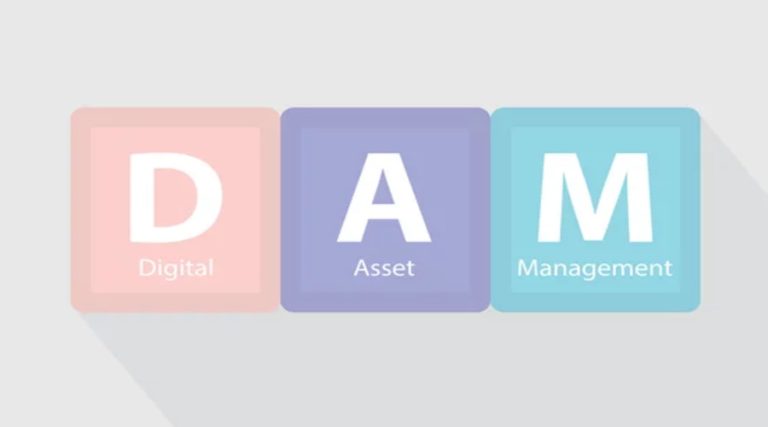
Exploring the Interoperability of DeFi Protocols
DeFi, or Decentralized Finance, has been a game-changer in the world of finance. It has disrupted traditional finance by offering financial services using blockchain technology, which eliminates intermediaries such as banks, credit unions, and other financial institutions. Decentralized Finance has enabled users to have full control of their funds and make decentralized transactions without the need for a trusted third party. The interoperability of Decentralized Finance protocols is a critical aspect that has been gaining attention. In this article, we will explore the interoperability of Decentralized Finance protocols, its importance, and how it can enhance the DeFi ecosystem.
What is Interoperability of DeFi Protocols?
Interoperability refers to the ability of different systems or networks to communicate and exchange information with each other seamlessly. In the DeFi ecosystem, it means the ability of different Decentralized Finance protocols to interconnect and share information with each other. Currently, most DeFi protocols are built on Ethereum, and they operate in isolation. However, interoperability will enable different DeFi protocols to interact and share information, making the Decentralized Finance ecosystem more efficient, transparent, and accessible.
Why is Interoperability Important?
Interoperability is critical for the Decentralized Finance ecosystem for several reasons. Firstly, it enhances liquidity. Different DeFi protocols have their native tokens, which are used to access and use their services. Interoperability will enable users to use these tokens across different DeFi protocols, creating a seamless user experience and enhancing liquidity.
Secondly, interoperability will enhance security. DeFi protocols are built on smart contracts, which are susceptible to attacks. By interconnecting different Decentralized Finance protocols, the risk of a single point of failure is reduced, and the overall security of the DeFi ecosystem is enhanced.
Lastly, interoperability will enhance innovation. Currently, most DeFi protocols operate in isolation, limiting the scope of innovation. However, by interconnecting different DeFi protocols, developers can create new products and services that are not possible in the current ecosystem, enhancing innovation.
How can Interoperability be Achieved?
Interoperability can be achieved in several ways. One way is through the use of cross-chain bridges. Cross-chain bridges are protocols that enable the transfer of assets and information between different blockchain networks. They work by locking the asset on one blockchain network and minting a corresponding token on another blockchain network, which represents the same value.
Another way is through the use of middleware protocols. Middleware protocols are protocols that sit between different DeFi protocols and enable them to communicate and share information with each other seamlessly. They work by translating the protocols’ different languages and making them compatible with each other.
Examples of Interoperable DeFi Protocols
Several DeFi protocols are already exploring interoperability. Some of the notable ones include:
Polkadot
Polkadot is a multi-chain platform that enables different blockchain networks to connect and communicate with each other. It enables the creation of interoperable DeFi protocols that can interact with each other, creating a more efficient and accessible DeFi ecosystem.
Cosmos
Cosmos is another multi-chain platform that enables the creation of interoperable DeFi protocols. It uses the Inter-Blockchain Communication (IBC) protocol to enable different blockchain networks to communicate with each other.
Ren Protocol
Ren Protocol is a cross-chain liquidity protocol that enables the transfer of assets between different blockchain networks. It enables the creation of interoperable DeFi protocols by enabling the transfer of assets across different blockchain networks seamlessly.
Challenges of Interoperability
While interoperability is critical for the growth of the Decentralized Finance ecosystem, there are several challenges that must be overcome. Firstly, different Decentralized Finance protocols have different token standards, making it difficult for them to interconnect and share information with each other seamlessly. For instance, Ethereum-based Decentralized Finance protocols use ERC-20 tokens, while Polkadot-based protocols use Substrate-based tokens. Interoperability solutions must consider these differences and develop ways to make these protocols compatible with each other.
Secondly, there is a risk of centralization. Interoperability solutions may require a central authority to manage the interconnections between different DeFi protocols, which goes against the decentralized nature of DeFi. Therefore, interoperability solutions must ensure that they maintain the decentralized nature of the DeFi ecosystem while enabling different protocols to interconnect and share information with each other.
Lastly, there are security risks. Interconnecting different Decentralized Finance protocols increases the risk of attacks, and any vulnerability in one protocol could lead to a security breach in the entire ecosystem. Interoperability solutions must, therefore, ensure that they maintain the security of the Decentralized Finance ecosystem while enabling different protocols to interconnect and share information with each other.
Benefits of Interoperability
Despite the challenges, interoperability offers several benefits to the Decentralized Finance ecosystem. Firstly, it enables the creation of new financial products and services that were not possible before. For instance, interoperability enables the creation of cross-chain decentralized exchanges (DEXs) that enable users to trade different cryptocurrencies across different blockchain networks. This enhances liquidity and creates a more efficient and accessible Decentralized Finance ecosystem.
Secondly, interoperability enhances the overall security of the DeFi ecosystem. By interconnecting different Decentralized Finance protocols, the risk of a single point of failure is reduced, making the ecosystem more secure and less susceptible to attacks.
Lastly, interoperability enhances the overall user experience. It enables users to use their native tokens across different Decentralized Finance protocols, creating a seamless user experience and enhancing liquidity.
Future of Interoperability in DeFi
The future of interoperability in Decentralized Finance is bright. As more DeFi protocols explore interoperability, we can expect to see more cross-chain products and services that enhance liquidity, security, and innovation. Developers and entrepreneurs will continue to explore new ways of interconnecting different DeFi protocols, creating new opportunities for innovation and growth.
In conclusion, interoperability is a critical aspect of the Decentralized Finance ecosystem’s growth and development. It offers several benefits such as enhancing liquidity, security, and innovation, making the ecosystem more efficient, transparent, and accessible. While there are challenges, the future of interoperability in DeFi is bright, and we can expect to see more cross-chain products and services in the future.
FAQs
- What is DeFi?
- Decentralized Finance is short for decentralized finance, a financial system built on blockchain technology that operates without intermediaries.
- Why is DeFi important?
- Decentralized Finance is important because it enables a more open, transparent, and accessible financial system that can serve the needs of people who are excluded or underserved by traditional finance.
- What are the benefits of interoperability in DeFi?
- Interoperability in Decentralized Finance enables the creation of a connected financial system that provides users with more options and opportunities.
- What are the risks of DeFi?
- Decentralized Finance is still an emerging technology, and there are several risks associated with it, such as smart contract vulnerabilities, liquidity risks, and regulatory uncertainty.
- How can users mitigate the risks of DeFi?
- Users can mitigate the risks of Decentralized Finance by conducting thorough research on the protocols they are using, diversifying their portfolio, and being cautious when interacting with smart contracts.
I’m a professional writer. I have been writing about Cryptocurrencies for more than 2 years now and I consider myself one of the best authors in this field. I am very passionate about this technology and I believe that it will change the world as we know it. If you want to learn more about cryptocurrencies, you should definitely check out my work!


